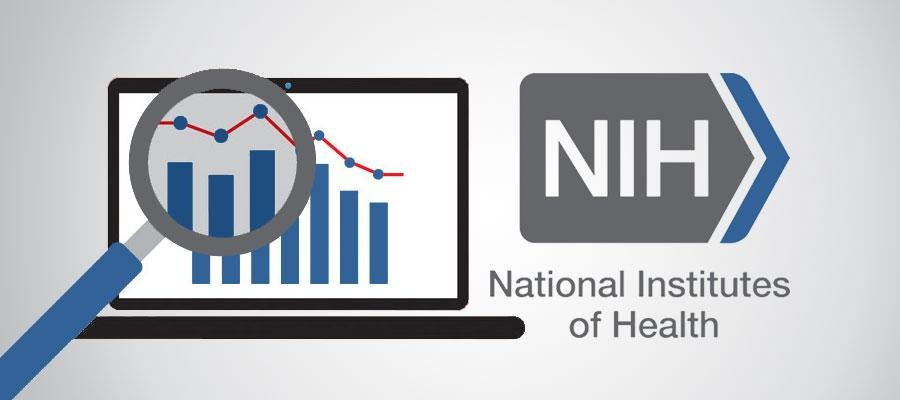Study: College-age vaping surged in 2019

U.S. adults between the ages of 19-22 who reported vaping nicotine and marijuana in 2019 did so in numbers that represent the largest increase in 45 years of use of any substance, according to the National Institutes of Health-funded Monitoring the Future study released yesterday.
The survey noted 22% of those in college and 18% of those not in college reported vaping nicotine in the past month; this is up from 6.1% and 7.9%, respectively, in 2017. The percentage of college students and non-college students vaping marijuana also rose to 14% and 17%, from 5.2% and 7.8%.
“Many young people may view vaping and cannabis use as ‘safer’, but the reality is that nicotine is highly addictive, and cannabis can also be addictive, particularly in younger adults for whom the brain is still developing,” said Nora Volkow, M.D., director of NIH’s National Institute on Drug Abuse.
The data also showed that 43% of this age group reported using marijuana in the past year as well as an increase in daily marijuana use. Rates of cigarette smoking, prescription opioid use and amphetamine use all declined, while binge drinking rates showed no change.

